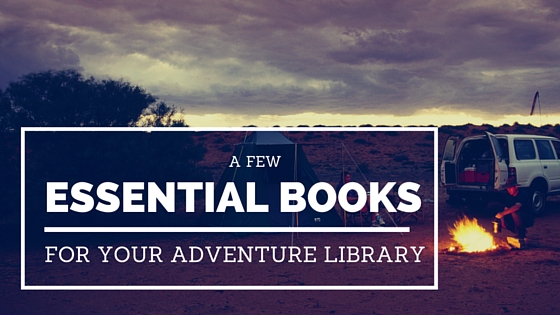
When you are passionate about something you tend to collect everything said or written on the topic. Here I have compiled my top four books that cover a variety of fields that an adventure seeker should be familiar with.
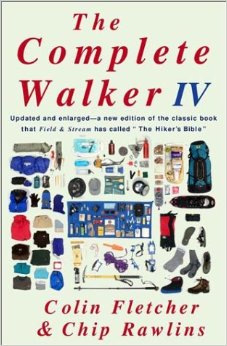
The Complete Walker IV: When I was 18 or 19 years old I was a student at Penn State Mont Alto, which is right next to the Appalachian Trail. It did not take long for me to become infatuated with the trail and the people who walk it. So as I began to obsess over it, a mentor of mine, Rodney, made sure to put this book in my hands. He explained that it was the bible for backpackers and would tell me everything I need to know. The book, which is written by experienced outdoorsmen Colin Fletcher and Chip Rawlins, breaks down almost every aspect of backpacking. Some might be surprised that it takes 864 pages to explain putting your stuff in a bag and then putting one foot in front of the other repeatedly, but the authors do not want their readers to be uninformed.
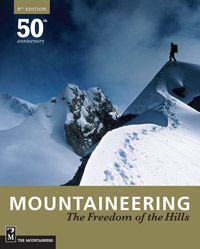
Mountaineering: Freedom of the Hills: If you could earn a college degree in standing atop the world, then this would be your textbook. Unlike many textbooks, this one is not some overpriced scam but a well-written textbook with excellent illustrations. This book condenses the knowledge of some of the most experienced mountain men and gives it to you in an easily digestible content. Even if you do not plan to summit Aconcagua, this book has valuable information for all those who enter the realm of mountains. Knowing how to read the terrain, weather and conditions are really important because, in the mountains, dangers are amplified.
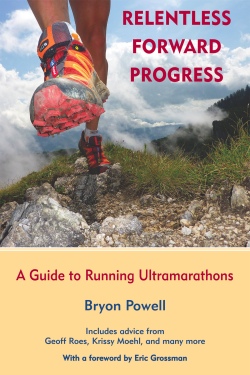
Relentless Forward Progress: Before I met my friend Ben, who became my ultra running go-to guy for questions, there was this book. Bryon Powell is the founder and editor of the website I Run Far and has made a career out of running ultras and covering ultra races. He is also an excellent example of someone who has made what they love into a career as he went from being an attorney to a running coach and journalist. In this book, he breaks down the science of running and includes essays from elite ultra runners in what works for them. He also outlines great training plans for a multitude of distances. I myself used his training plan when I ran the Leatherwood Ultra 50-miler.
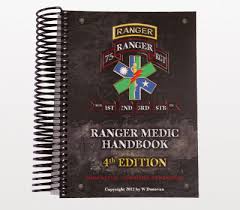
The Ranger Medic Handbook: This is the most expensive book on the list but also the most valuable in my opinion. This book is densely packed with lifesaving information. While it is geared towards a highly trained Army Ranger Medic, it is laid out in if-then-style flowcharts on how to evaluate and treat a casualty. While I hope your adventure does not include injuries caused by bullets or landmines, it also has practical information on how to treat fractures, concussions and variety of ailments you can encounter in the backcountry. Not only does it tell you the hands-on treatments for them, but also the correct medications and dosages for these injuries and diseases. Note: A few years ago there was a fake version of this book in the Kindle store and had bad information in it. Amazon has several versions of this book in different formats. I have included the link to the North American Rescue Products version, which is the version issued by the U.S. Army. The fact that this version is spiral bound and printed on more durable paper means it can stand up to the hardships of your adventure.
So those are the four books I recommend the most when asked about adventure. Did I miss any? Do you have any suggestions for future reading? Please comment if you do.
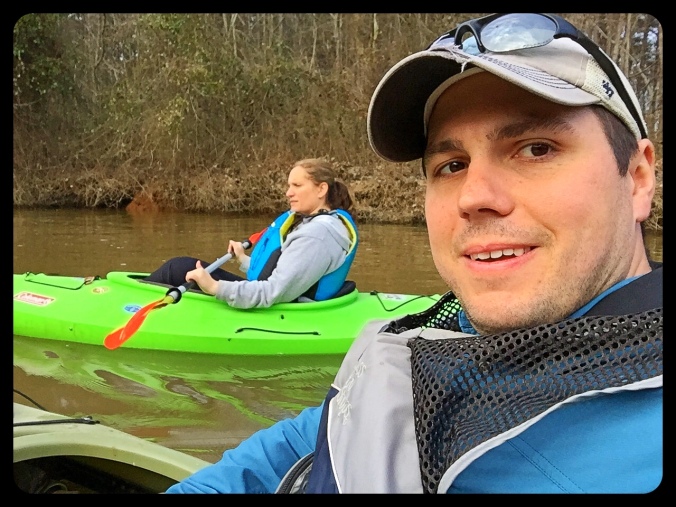
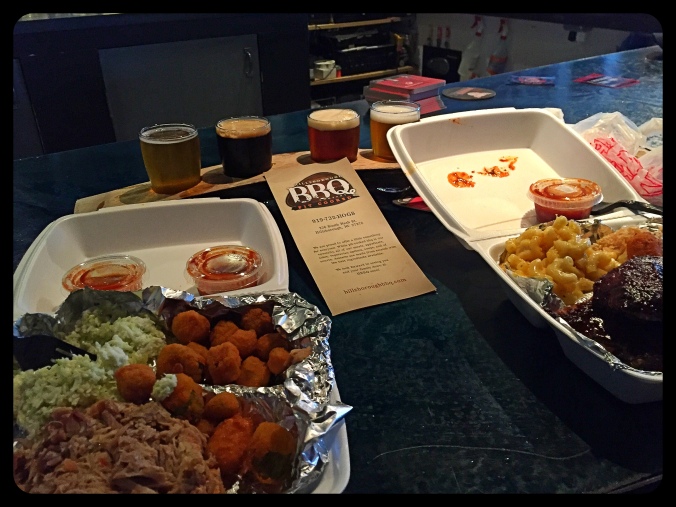
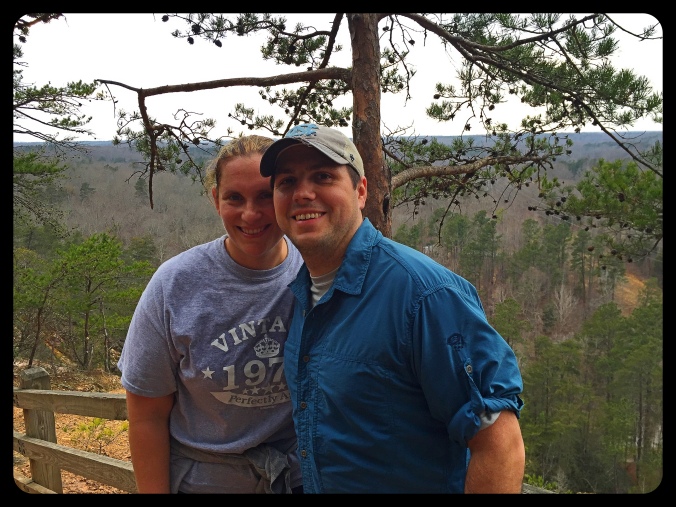


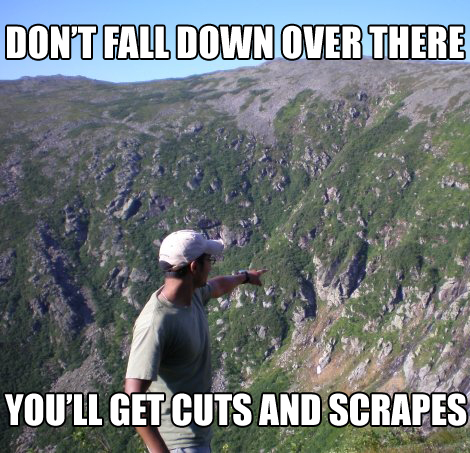


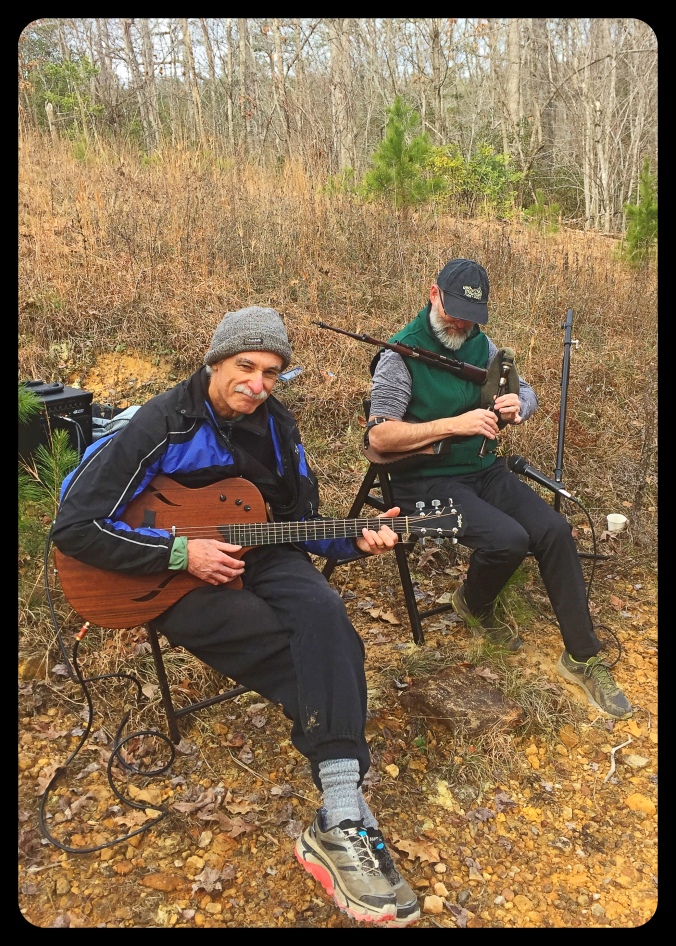


Recent Comments